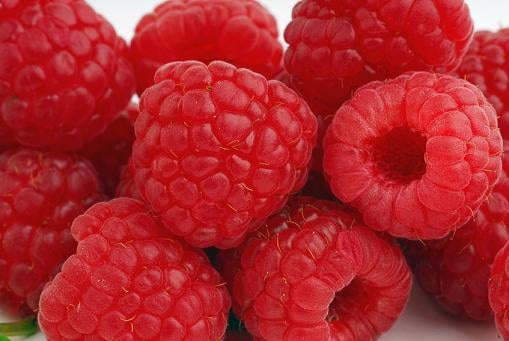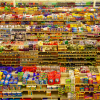Sensorial analysis, evaluation or testing is a very effective discipline for establishing the organoleptic properties of food, pharmaceutical products or cosmetics, in other words, those properties that can be perceived through the senses.
The senses are something innate to man. When we try food for the first time, we almost unconsciously make a judgment on that food: do we like it?, do we dislike it?, is its flavour familiar?, do we find it suitable for accompanying other food?, do we find its smell attractive? However, to undertake an effective analysis of food it is necessary for the senses to be very well developed and cared for, as otherwise objective results will not be obtained from the tests, given that one palate differs so much from another.
The principle objective of sensorial analysis is to establish quality control and acceptability of the food, but it is also useful for establishing a formula that pleases the consumer and ensures that the product is successful on the market.
There are three types of analysis, depending on the purpose and the number of people involved:
Descriptive analysis: it is carried out with a group of some 10 “testers” or analysis tasters. It is performed discriminately to measure sensorial properties (quality of the product) and metrics (quantity). During the evaluation, the testers try to come up with a series of adjectives and names for the sensations.
Discriminatory analysis: the analysis seeks to establish whether there is a difference between two products. This test is performed above all within the context of the food industry and the testers involved are around 30.
Consumer analysis: the analysis seeks to establish whether the product is pleasing or not. The testers are not trained as in previous cases; they are selected from amongst consumers. Normally between 50 and 100 people take part in tests of this type.
As we already mentioned, the analysis is performed using the senses, which are the most effective tools for judging food. When it comes to evaluating a product or food item we can do so via our sense of smell (the volatile substances are analysed, which is why it is important that the smells do not intermingle and that products are hermetically sealed), taste (is the property detected by the tongue and it principally perceives bitter, savoury, sweet tastes, etc), flavour (is a very complex property as it combines the three previous ones) and texture (which manifests when the food suffers a deformation.
Sensorial panel: useful for determining the success of the product

A panel is a tasting gathering which brings together a group of some 10 testers. It is important that the panel be made up of a heterogeneous mix of people, capable of distinguishing between the entire variety of sweet, savoury, acidic and bitter flavours. It is also important to pay a lot of attention to what brushes against our palates as it will not suffice for the product to simply please or displease, but rather an entire vocabulary must be created to measure the attributes of the food
Sensorial analysis as an effective tool for food marketing
The success of a food product lays in mixing its intrinsic characteristics (all that which is measured by means of analysis) and the extrinsic ones (brand, price and packaging) and that they satisfy the needs of consumers.
Despite living in the developed world, the consumer places increasing importance on sensations and the senses when selecting a product.
By way of reflection, we have chosen this phrase from the marketing expert Bern Schmitt: “marketing provides a new spin. The client no longer selects a product or service for the cost-benefit equation alone, but for the experience it provides before the purchase and during its consumption”.




